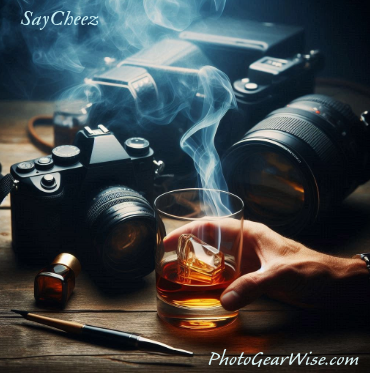Understanding camera types is your first big step. Crop sensor cameras are more budget-friendly, often lighter, and great for everyday shooting or travel. Full frame cameras, on the other hand, offer better image quality and improved low-light performance, making them ideal if you’re aiming for professional work or high-quality prints.
Every choice has its trade-offs. Crop sensors extend the zoom range of your lenses, which can be a win for wildlife and sports photography. But, full frame sensors capture more detail and provide that lovely shallow depth-of-field photographers adore for portraits and artistic shots.
When it comes to brands, it feels like choosing a football team. Canon and Nikon have been around forever, offering a wide range of lenses and solid reliability. Sony’s leading the mirrorless charge with super cool tech features. Then there’s Fuji, Panasonic, and more, each with their unique perks. Do a bit of research or even better, try them out if you can.
Figuring out your budget can be tricky. Entry-level cameras generally range from $500 to $1,000. Mid-tier setups stretch from $1,000 to $2,500, while high-end professional gear can easily exceed $3,000. Don’t forget to factor in lenses, memory cards, and other essentials.
Think about your goals too. If photography is just for fun, maybe splurging on a full frame doesn’t make sense—crop sensors can deliver fantastic results. But if you’re dreaming of becoming the next big photographer, investing a bit more upfront might pay off in the long run.
Getting Started With Your New Camera
First things first, get familiar with your camera’s basic settings. Experiment with aperture, shutter speed, and ISO. These three settings control exposure, and learning their interplay is key. Use the manual mode to get a true feel for creative control. It might be overwhelming, but practice is your best friend here.
Investing in a few essential accessories can make a huge difference. A good quality tripod helps with stability, especially for low-light or landscape shots. Extra batteries and memory cards are lifesavers during long shoots. Consider a prime lens for sharp portraits or a zoom lens for versatile travel shots—depending on your style.
Improving your skills takes time and plenty of practice. Start by shooting in various lighting conditions. Learn to frame your shots and find unique angles. Reviewing your photos critically and regularly will help you spot areas for improvement. Don’t shy away from experimenting; digital photography makes it easy to learn from mistakes without extra cost.
Watch out for some common beginner traps. Avoid relying too heavily on auto mode. It’s a useful tool but stepping out of your comfort zone is where the real learning happens. Don’t get bogged down by gear envy; even entry-level cameras can create stunning photos when wielded with skill and creativity.
Loads of learning resources can accelerate your progress. Plenty of online courses offer expert instruction, and YouTube is full of free tutorials. Joining photography communities, either online or in your local area, can provide support and inspiration. Books on photography basics and advanced techniques can be invaluable too.
